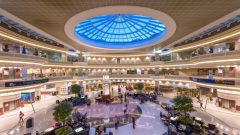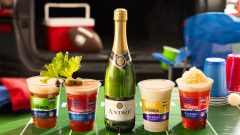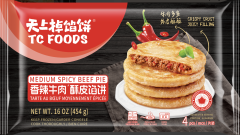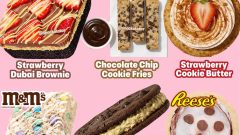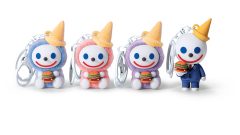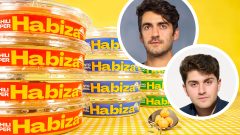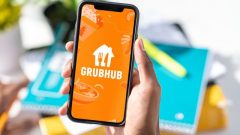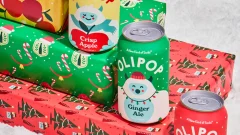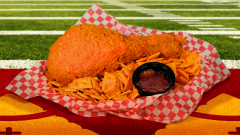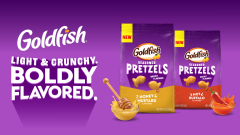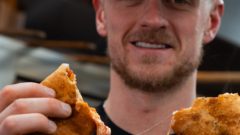Can Coronavirus Be Transmitted Through Food?
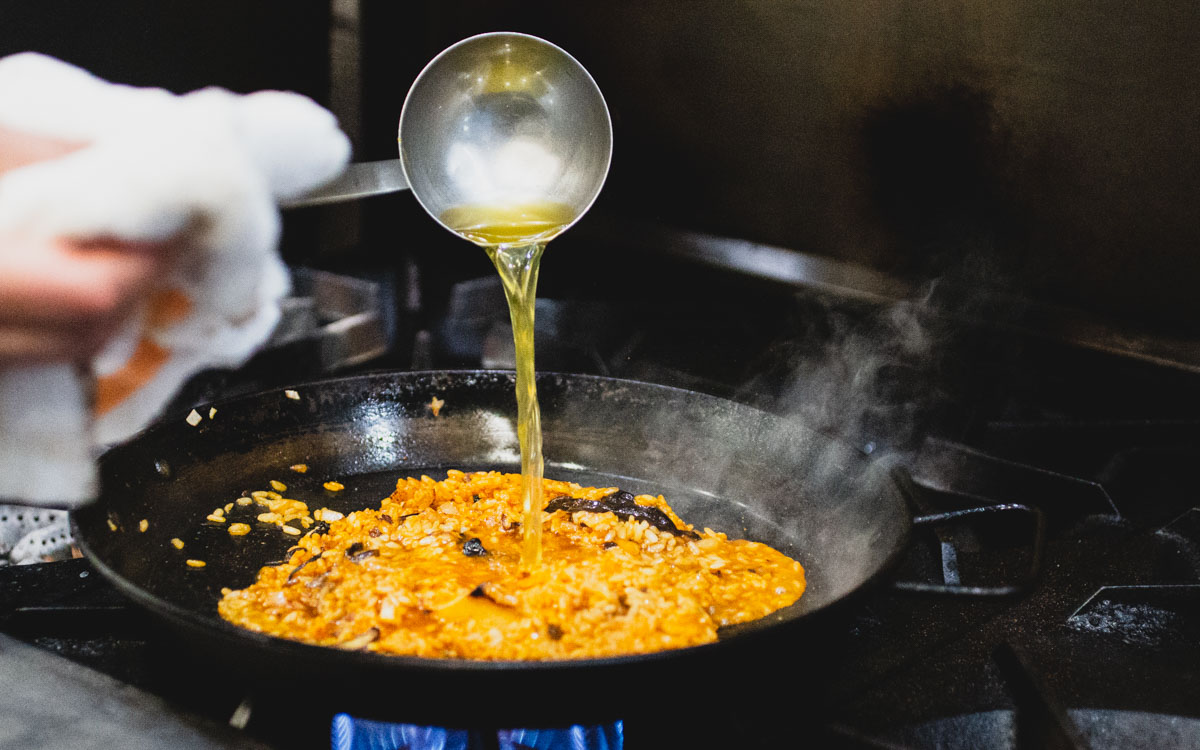
The coronavirus pandemic has led to tons of information being published online on ways the virus can be transmitted. One question that continually pops up is whether food can be one of those sources of contamination.
So far, no research has come up that shows food or food packaging being able to transport or support the virus in any way. If you want to be extra safe, though, here’s a few tips and facts to know that should help reassure that buying, eating, and cooking food in these crazy times can proceed as close to normal as possible.
How The Virus Spreads In General
Coronavirus is a respiratory virus, and as such, tends to only spread via respiratory droplets in the air. This is why reducing contact and social distancing with others is crucial to limiting the spread of the disease. So far, this has been the only confirmed type of transmission for the virus.
According to preliminary (not peer-reviewed) research, the virus can be detected in the air for up to three hours, but can stay on other surfaces for longer. Packages and envelopes made with organic matter (ie. cardboard, paper) can hold it up for up to a day, while plastic takeout containers and stainless steel surfaces can retain for it as long as three days.
In terms of food and food packaging, the CDC has not yet detected any COVID-19 diagnoses that related to transmission via those sources. However, it should be stressed that they are still learning exactly how coronavirus spreads.
Is The Food I’m Eating Safe?

Generally, yes, the food we’re purchasing and consuming will be safe. This is especially true for anything we cook, as the coronavirus is fragile and is destroyed pretty easily by heat (cooking for > 150 degrees Fahrenheit for at least 3 minutes). Food has also been shown, as previously stated, to not be a transmission source for the virus.
The same can also be said for food packaging. However, since many transport containers (including cardboard and plastic) can be contaminated for up to a day, being safe and sanitizing both yourself and the containers prior to handling. Many stores and restaurants are on top of this already, with delivery drivers using gloves to handle food and grocers providing hand sanitizer at the door.
In terms of any food getting contaminated on the production end, that is highly unlikely. Again, food is not a known transmission vector, but all food (and food packaging) goes through processes to prevent pathogens and other disease-causing organisms from making its way into grocery stores. These include sterilizing of packaging, barring sick workers from showing up, and continual sanitation of any food contact surfaces.
Overall, purchasing and cooking food is going to be safe throughout the entire time this pandemic occurs. As long as everyone practices smart social distancing and diligently washes their hands, we’ll be able to mitigate the spread and, as many have put it, “flatten the curve.”


